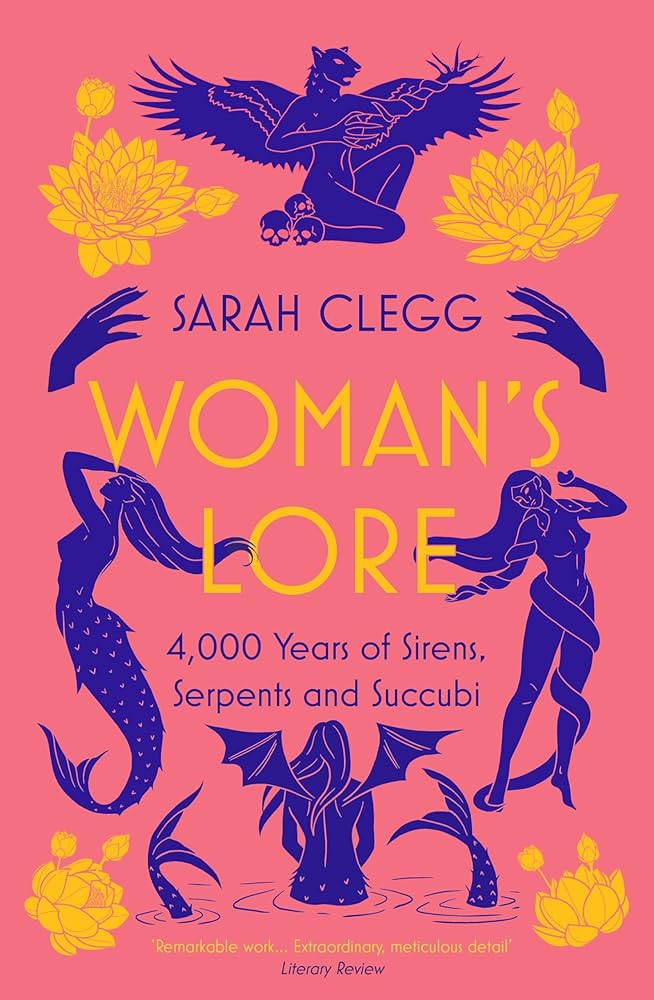“Their tradition was initially something that gave women a degree of comfort and control in the horrifyingly dangerous situation of childbirth and pregnancy, and helped them through times when their children were sick or dying. Over time, however, it was appropriated by men, who co-opted these demons into appallingly misogynist stereotypes that focused entirely on men's own imagined fears.”
I was pulled in right away! I found the writing very engaging and easy to read. The footnotes had some humor to them which I liked. It’s both informative and entertaining, making it an easily accessible read!
The book covers stories from Mesopotamia to Victorian England, including lore about demon goddesses, mermaid-sirens, nymphs, vampires, and “snake women” (like Lilith and Melusine). Also looks at the reemergence of these stories in the present day, specifically Lilith and mermaids, which have been reclaimed by feminists and LGBTQ groups!
I loved getting to know more about the Melusine legend that features so prominently in my Tudor/Plantagenet historical novels! I was also intrigued by the discussions on Dracula by Bram Stoker and how he reinforced the Victorian fears/morality of femme fatales vs “the ideal woman” and the “feminization of men.” Lastly I loved learning that calling a woman a mermaid used to be an insult?! I found myself both speeding through the book because of how interesting it was and also trying to slow down my reading to savor it.
Woman’s Lore spans thousands of years and multiple continents so as the author said in the introduction, each legend could have its own book. It definitely felt like a great starter but also provided enough information to fully understand each demon story if you’re only mildly interested in this sort of history. It was cool to learn about how the stories around each of the “demons” were passed on and adapted throughout time, moving between the East and the West. As well as how they influenced art and literature! They have different names and sometimes different aspects but the stories share many similarities.
Fascinating look at how these legends were turned into evil seductresses, femme fatales, and monsters who “failed womanhood” by men, when originally they were tales used by woman to connect to each other on issues such as miscarriages, infant and maternal mortality, the fears/anxieties of childbirth, and infertility (which were typically, and still even today, seen as things to suffer in silence). They put these fears onto demons perhaps to provide them with some comfort and have something to blame if/when something went wrong.
The legends grew in the idea that these women were demons created to destroy men when in fact they were stories to warn/inform or connect women to one another through! These stories and beliefs survived despite churches and scholarly men trying to explain them away, because women continued telling these stories. They passed the stories on to their daughters and neighbors, thankfully because of that we now have the stories today to learn about how they lived!
Highly recommend for anyone interested in mythology, feminist history, and/or women reclaiming their stories. Will definitely be a favorite of the month!

